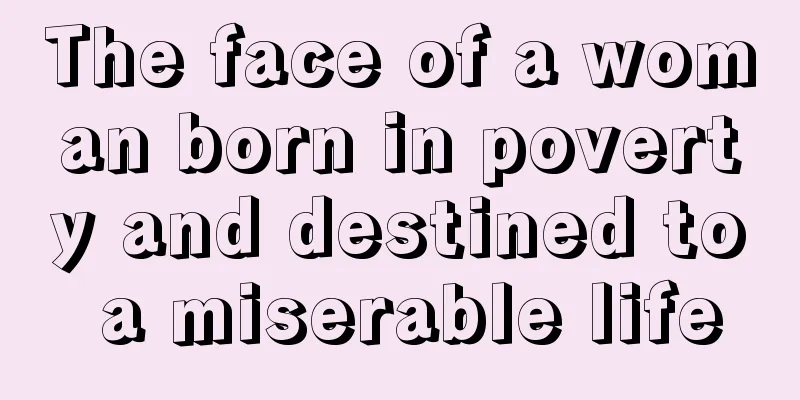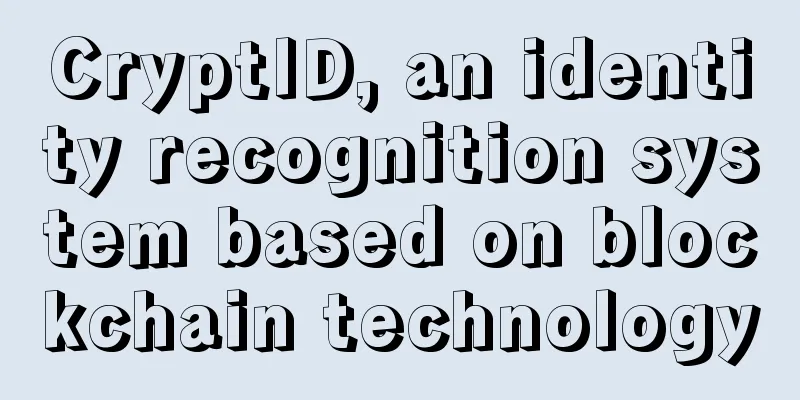Jiang Zhuoer: Why does Core persist in trying to issue more BTC?

|
Author: Jiang Zhuoer Core wants to issue more BTC. I predicted this a year ago in my Weibo post "After successfully preventing the block expansion, guess what Core's next goal is. You probably can't guess it" and my article "Let me add something about Core's stopping halving." Recently Core came out to blow the wind again: I will post a complete version of the above report and explain (the prediction): 1. Why does Core persist in doing something that seems ridiculous, such as issuing more than 21 million BTC? Because Core believes that the BTC system requirements must be very low, so low that it can run on microcomputers such as Raspberry Pi and Tor (the onion anonymous network), so that the government cannot kill BTC. Not being killed by the government is the highest goal, so the block must be locked at 1M and cannot be expanded. Of course, one of Core’s goals is to use extreme anti-audit capabilities as a pretext to make profits for Core’s own company, Blockstream (the weaker the BTC main chain, the more valuable side chains such as Liquid developed by Blockstream itself). 2. The BCH community believes that as long as Bitcoin can run on ordinary computers, the block size can now be expanded to tens of MB. In addition, the performance of ordinary computers is improving year by year, so the capacity can continue to be expanded in the future. 3. The locking of Core at 1M violates Satoshi Nakamoto’s plan. Satoshi Nakamoto set a block expansion plan and even wrote examples in the code, so that after the new coins are mined, the handling fees provided by the “very large number of on-chain transactions (Satoshi’s original words)” can maintain the operation of the miner (POW) system. 4. Now that BTC has locked 1M, the transaction fee has surged in a short period of time due to congestion, which is an overdraft and a last gasp. Under the 1M ceiling, the maximum transaction fee has a ceiling (under the 1M limit, the total number of transactions has a ceiling, and the income per transaction also has a ceiling, such as a few hundred yuan. If it is higher, users will choose alternatives such as off-chain transactions and second-layer networks). Therefore, in the future, the total market value of BTC may reach 10 trillion US dollars, while the total market value of the mining industry may only be 10 billion US dollars (or even less). It would only take one thousandth of the total market value to launch a 51% attack to short sell or even kill BTC. In comparison, although the BCH fee seems low now, there is no ceiling limit. In the future, it will continue to grow healthily based on the massive number of users according to Satoshi Nakamoto's plan. The story of 1.3 billion people in the country giving me one dollar each is obviously more reasonable. 5. The above point can be specifically calculated: the transaction fee in the last month is 618 BTC. Based on the three-year payback period for the mining machine, the total market value of the mining industry is 618 BTC*12 months*3 years=22,248 BTC, which is almost one thousandth of the total 21 million BTC. That is to say, after the new coin reward fee is halved to a very small level, only one thousandth of the total market value of the mining machine is needed to attack BTC. 6. Therefore, after locking 1M, the only logical path is to issue more BTC (stop halving) so as to maintain the operation of the miner (POW) system. Core members are all logical programmers. After their internal communication and discussion, it can be expected that they will basically reach a consensus. In fact, Grin, which is supported and anonymously developed by Core, is a test product of Core's policy of stopping halving. Grin, like BTC, started with 50 coins per block every 10 minutes, the only difference is that Grin does not halve like BTC. Why does Grin, newly developed by Core, not halve like BTC? Think about it carefully:) We all need to be reasonable. Without capacity expansion and without additional issuance, can you give us a solution to the low income of miners? :) 7. When does Core hope to stop halving? According to Peter Todd’s words, we can find out by simply calculating. Peter Todd believes that the inflation rate of 0.5% is almost the same as 0%, 0.5%*21 million total = annual output 105,000 BTC = 2 BTC per block. After the halving in May 2020, the output per block will be 6.25 BTC, and 3.125 BTC in 2024, which means that Core hopes to stop halving after 2024 (at most 2028). So this round of halving bull market is still here, don’t be nervous :) 8. Of course, just like during the expansion dispute, there will be different opinions within Core, but don’t worry, those with different opinions will be fired. During the expansion dispute, two of the top five elders of Core (five developers with code submission permissions) insisted on expansion - Gavin Andresen (the designated successor of Satoshi Nakamoto) and Jeff Garzik (the third largest contributor to Bitcoin code after Satoshi Nakamoto and Gavin Andresen). Both of them were eventually fired by Core. 9. Some people also say that if Core wants to issue more coins, then let them do so. They welcome multiple forked coins and can sell more BTC. Sorry, this is not simply a question of multiple forked coins. Take a closer look at the process of the expansion dispute. Who defines BTC? The development team defines BTC. If you are an exchange, would you dare to call a non-Core fork BTC? If there is a mistake, won’t you lose money to your users? The safest approach for the exchange is to call the Core fork BTC, and the original fork BCC (Bitcoin Classic). 10. Some people say that Bitcoin expansion can solve this problem. Sorry, Bitcoin cannot be expanded. First, Core’s choice to expand capacity means that large blocks are the right path. This is a major blow to BTC and will cause a large number of people to turn to BCH. Second, expansion is a hard fork, and BTC will have to split again. There will definitely be some Core members who stick to 1M, and the Core expansion faction will have to hard fork a new coin, and then they will find that this is what BCH did in 2017? Why fork, can't they just go to BCH? Therefore, BTC cannot expand, and the expansion forces of the Core will continue to go to BCH. This is a very simple logical problem. 11. Do you think that breaking the 21 million limit and issuing more BTC is ridiculous and impossible? In 2015, everyone thought that violating the expansion plan set by Satoshi Nakamoto was impossible, and that a transaction fee of several hundred or several thousand yuan was ridiculous. However, all the impossibilities and absurdities happened in 2017. In the three-year expansion dispute, Core has never given in and has gradually achieved the "impossible task" of stopping Satoshi Nakamoto's expansion plan. Now they have made plans to spend a few more years to increase Bitcoin's annual inflation rate from 0% to a "soundingly insignificant" 0.5% in 2024 or 2028. The Core Party should quickly criticize Core, or prepare to use an annual inflation of 0.5% and more than 21 million BTC. Notes to Editors: Related content: Bitcoin Developer: 21 Million Supply Cap Is a "Religious" Belief, We May Implement Inflation Hard Fork https://www.8btc.com/article/559459 |
>>: If Bitcoin doesn’t take off as expected, what will happen to miners after the halving?
Recommend
Mole positions that indicate a successful career and love life for women
For a woman, career and love are actually very im...
Which types of palm lines will women have fortune?
Some people are born with good fortunes and are b...
The face of a person who has good intentions and does not do bad things
Many times, we say that people should be kinder, ...
Mining Network - Mining Learning Exchange Group 3
Mining Network - Mining Learning Exchange Group 3...
These faces are usually the easiest to take advantage of.
A person's character can be seen from his fac...
Facebook bans users from posting Bitcoin-related ads as it tackles fraud risks on its platform
Facebook has banned ads promoting cryptocurrencie...
What kind of face will make women have more emotional ups and downs?
In life, some women’s relationships are very smoo...
Opinion: Bitcoin halving is actually a reward for efficient miners
For miners after the Bitcoin halving, some are fe...
How to read the marriage line
Our palm lines are generally composed of three ma...
Palmistry to see if you are suitable for overseas development
Palmistry shows whether you are suitable for deve...
Is it true that ghosts are most afraid of a broken palm?
There is a scene like this in some TV dramas: when...
The Federal Reserve continues to release interest rate hike signals, analysts: "Bitcoin faces severe tests in the next few days"
The crypto market fell slightly after the Federal...
People with strong logical thinking ability
For a person with a confused mind, there is no lo...
Internet Engineering Task Force designs a domain name system for digital currency transfers
Rage Review : Earlier this month, Interledger mad...
Filecoin Features: Distributed Randomness and Leader Election
This is the latest in our series highlighting the...









